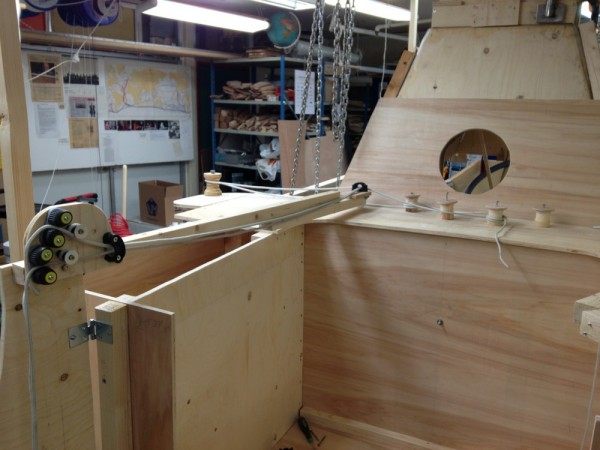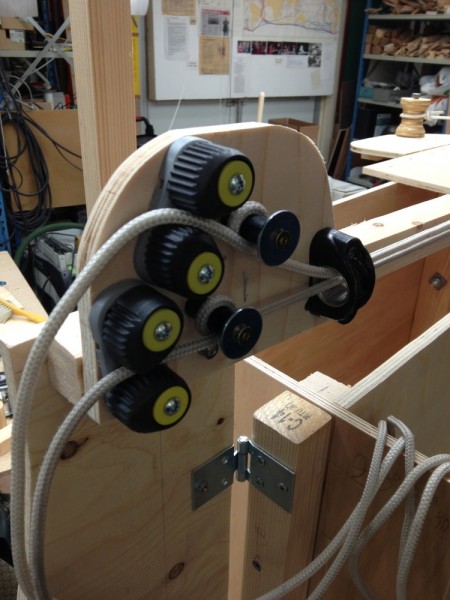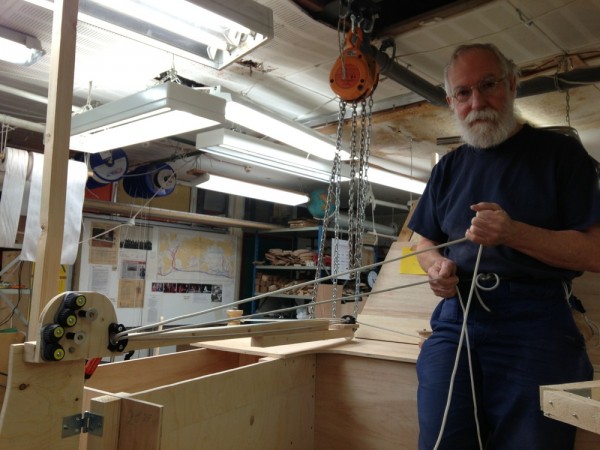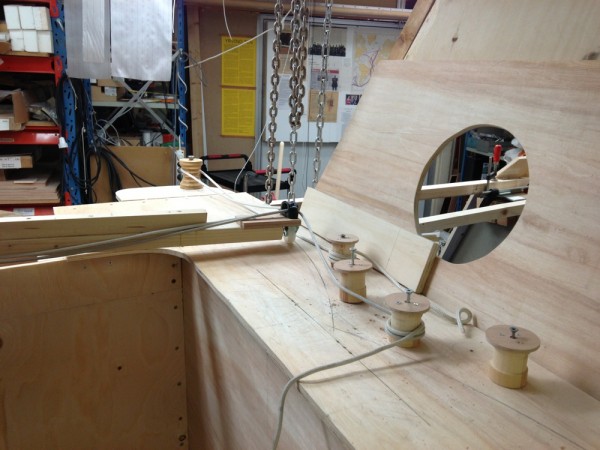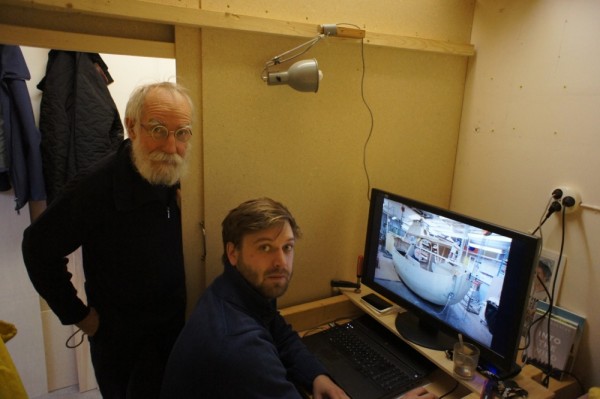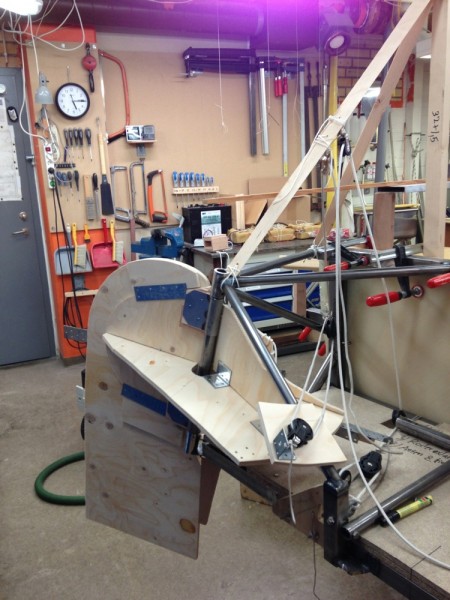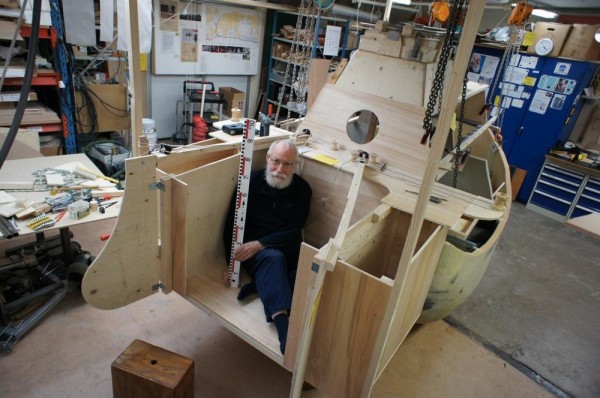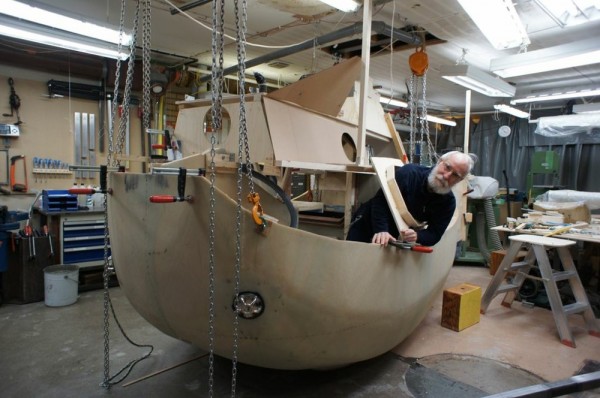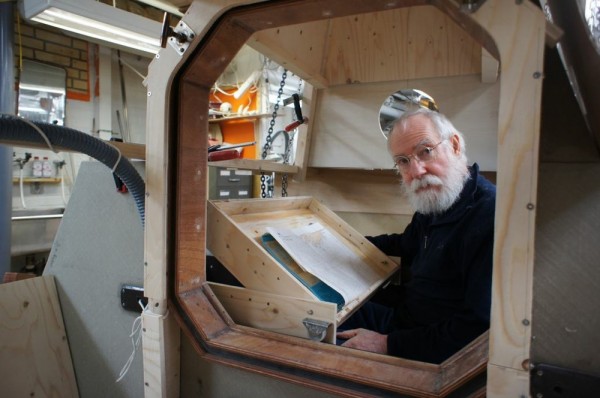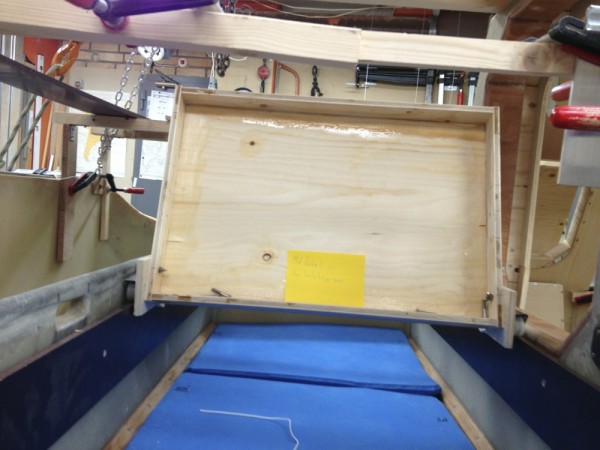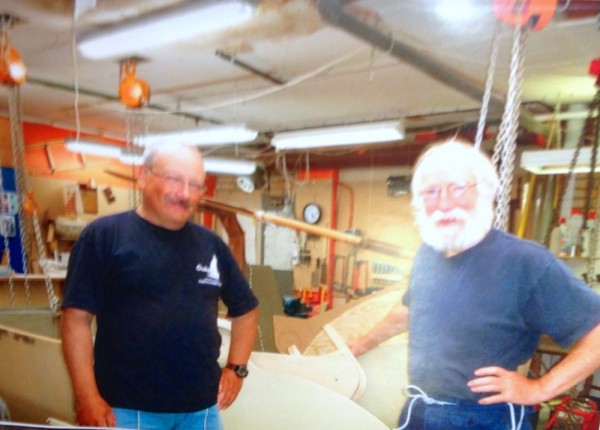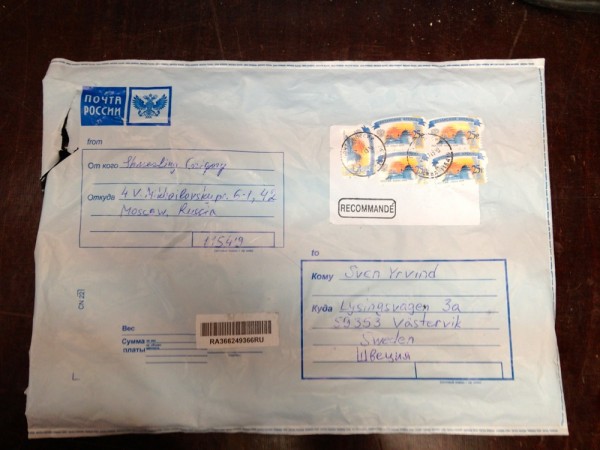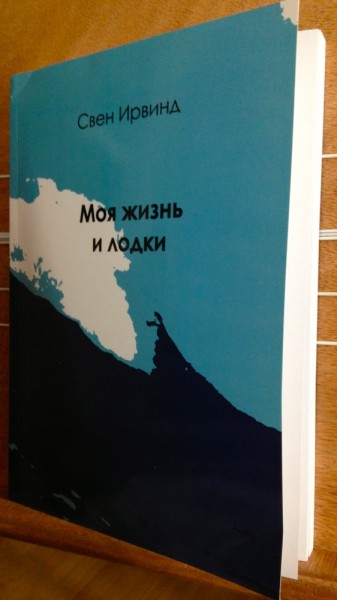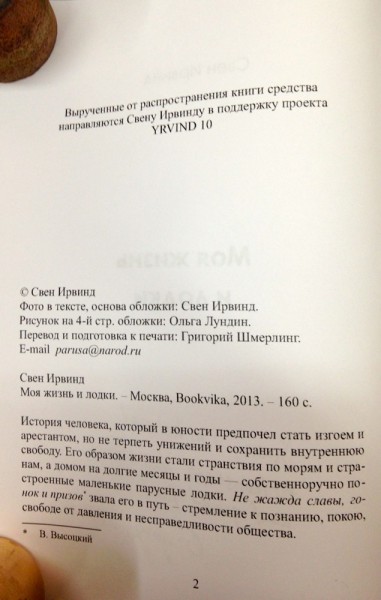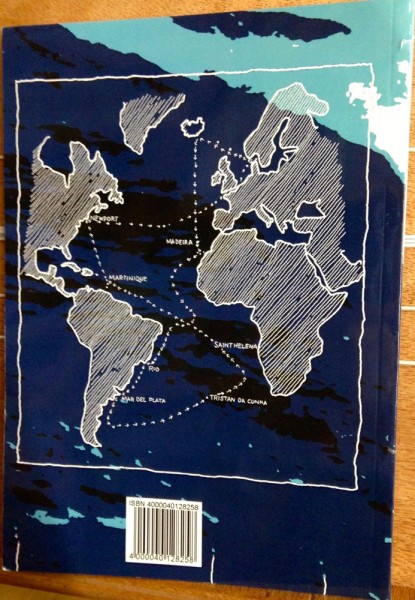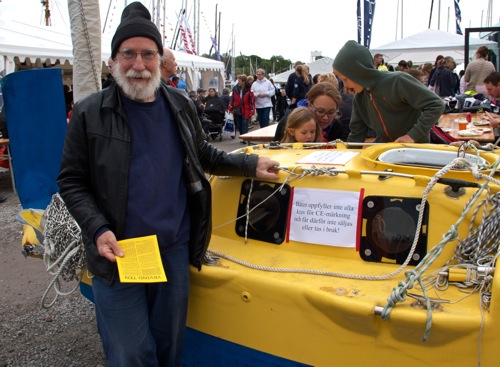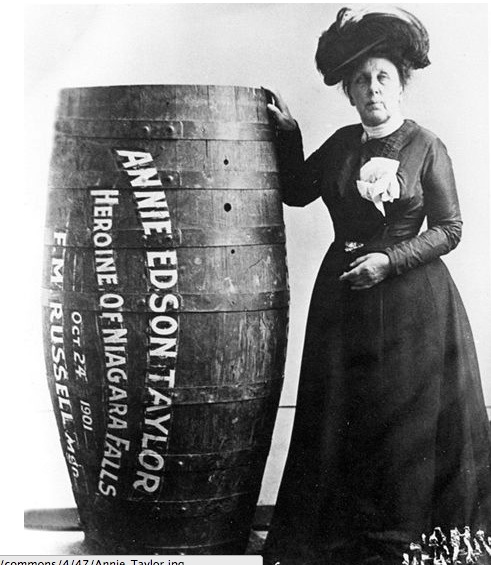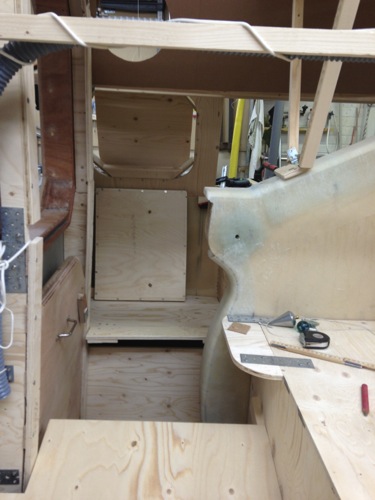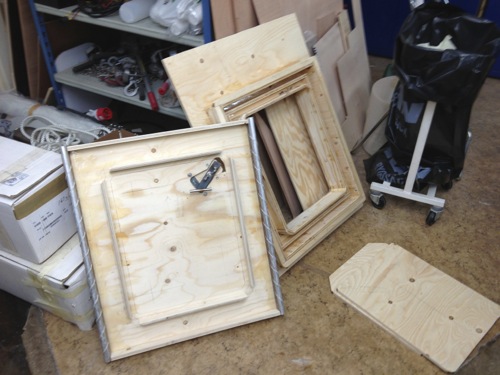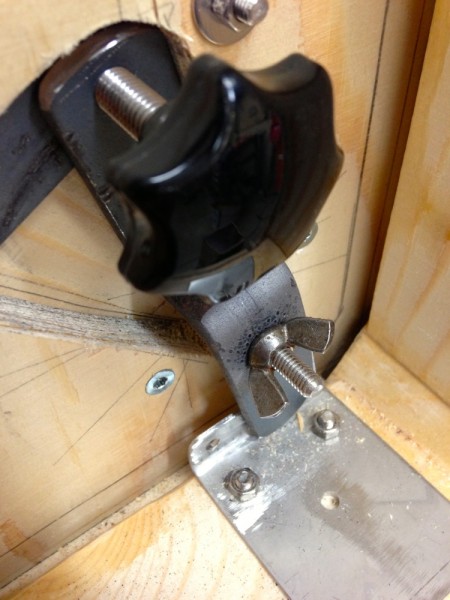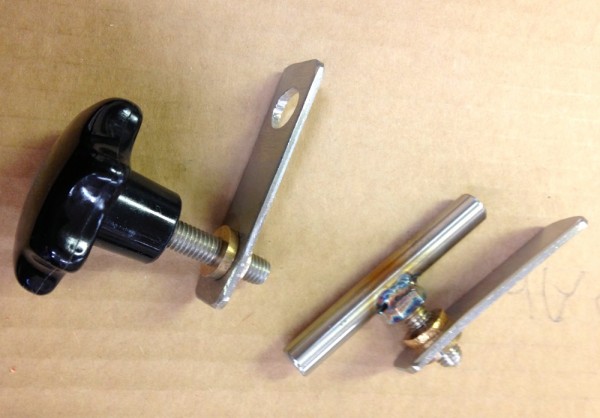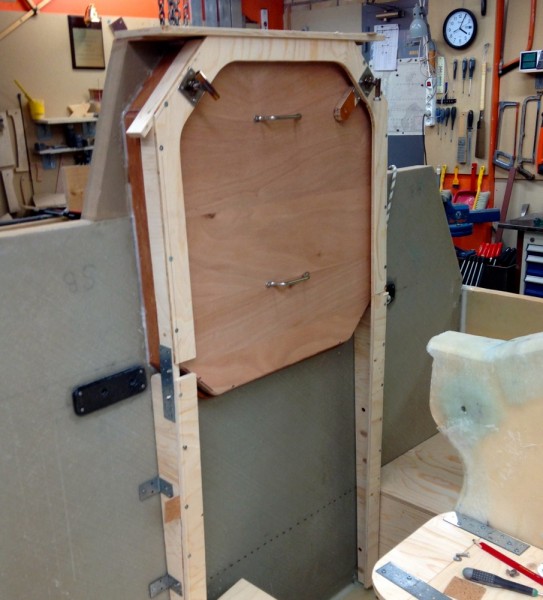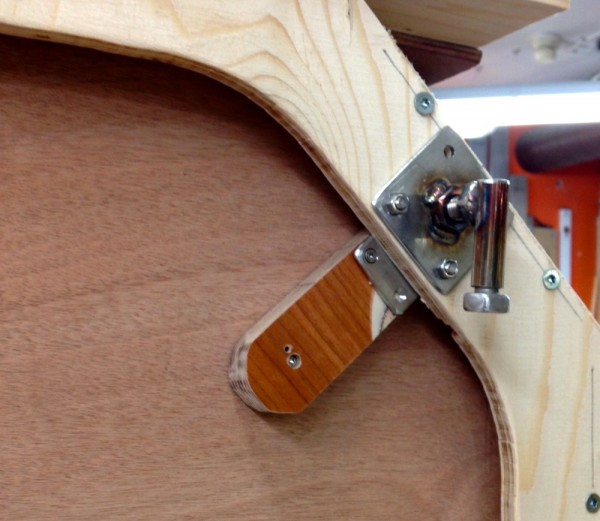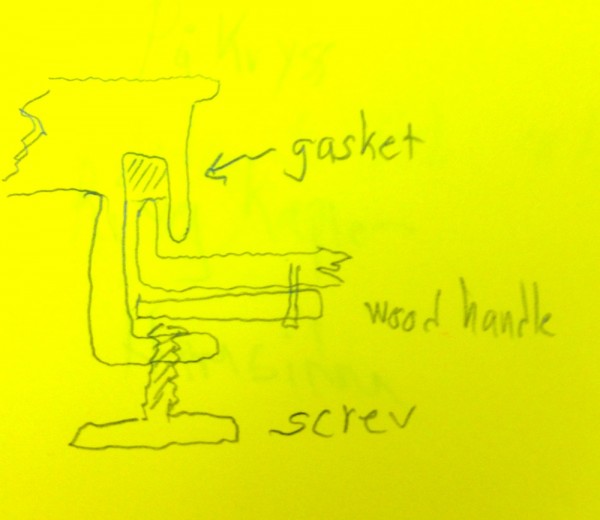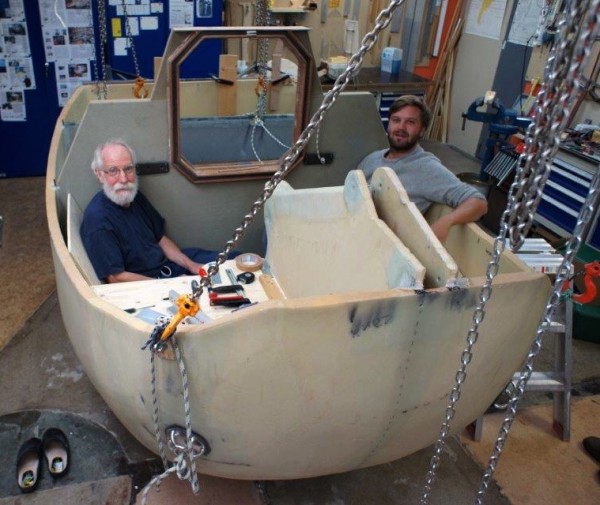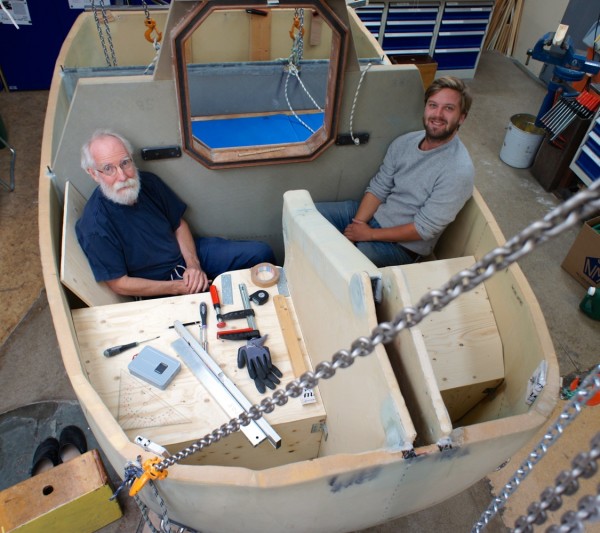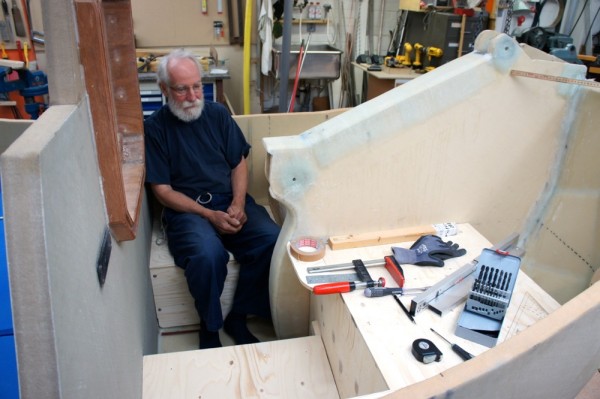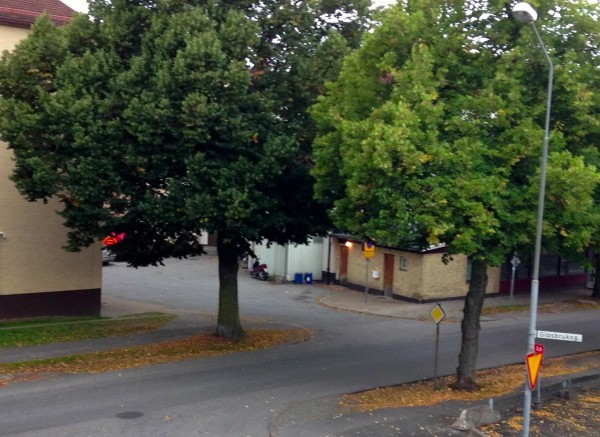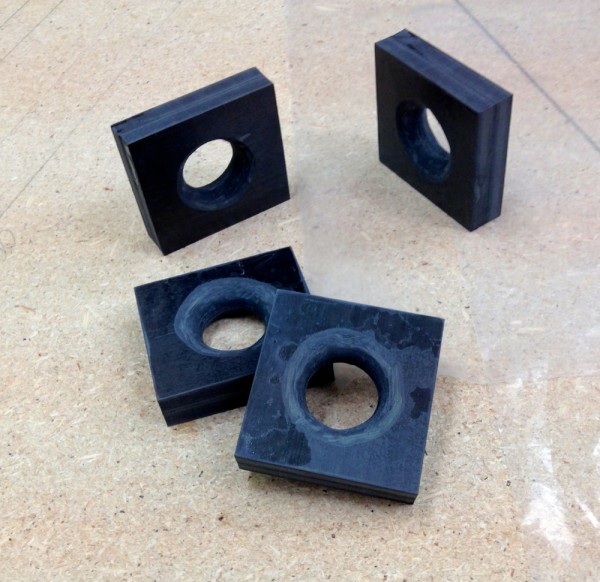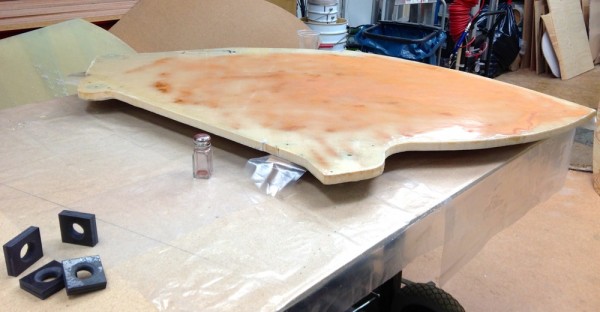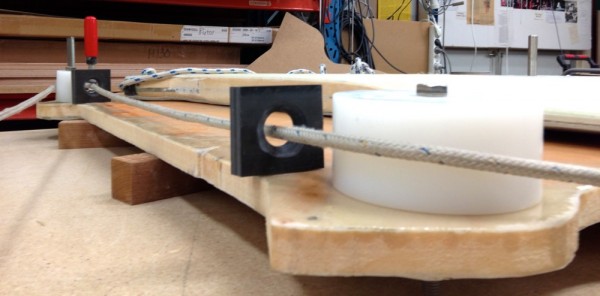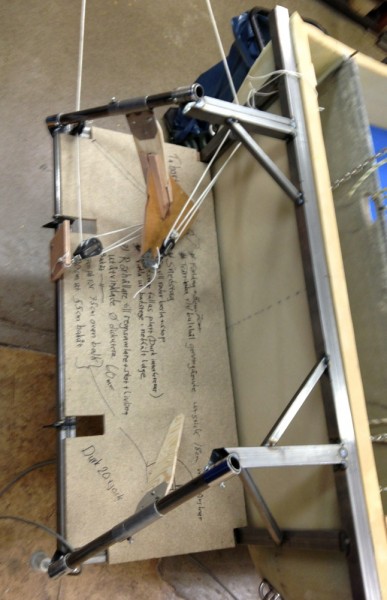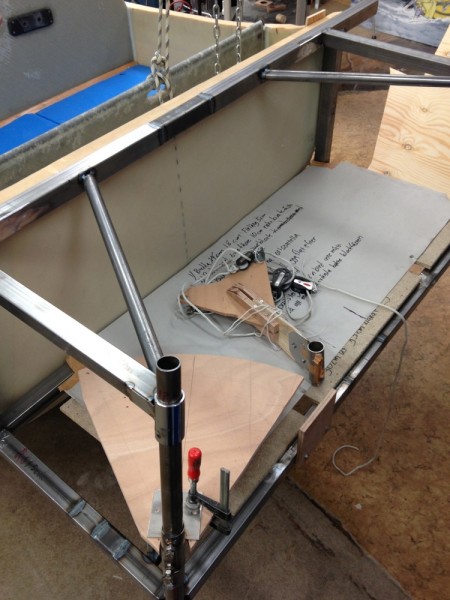Most ropes have two ends. A good thing for the man that wants to steer from inside and also from the outside. Many a time a I have woken up when the boat got of course. May bee the wind had increased or something else was the matter. Climbing out of the worm bunk and slightly adjusting the rudder was all there was to it. When the weather is squally and demands many adjustments it is tiring. Yrvind Ten will have an inside and an outside steering position. As it takes some time to find the right setting it is a good thing if the two steering adjustments don’t affect each other.
One such system is to have self tailing bottom acted winches under the aft deck, the axis being sealed by stuffing boxes to prevent water from entering the sleeping room. As I have two rudders and no line can take compression I need four winches. (The winches are under construction). This will handle the inside steering. Luckily a line has two ends. From the winch the line leeds to the tiller handle where you get a lot of leverage. From there it continues to a point close to above the rudder axis where the leverage is minimum. When the line is tensioned the force is equal all along the the line but the moment depends on the leverage so if pulling on the rope near the rudder axis the tiller will move. The pictures below will hopefully help to illuminate the idea.
Above. The mock up. One of the rudder heads in the foreground. The four winches are in the background.
The lines for starboard and port swing comes out of a fairleed and goes to a small bollard. The bollard will reduce the force – which can be great when surfing down a breaker – by 90% and direct the line to a cam cleat.
Steering with lines from the swimming platform or from the main hatch or from the mast topp. The fairleed is close to the rudder axis. The lever is small and the rudder handle is swinging.
Above, the four winches. My bunk is just below.
To be continued…
Regards Yrvind.

